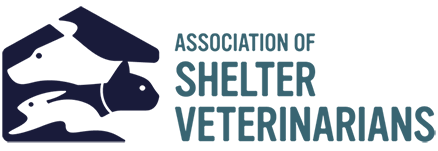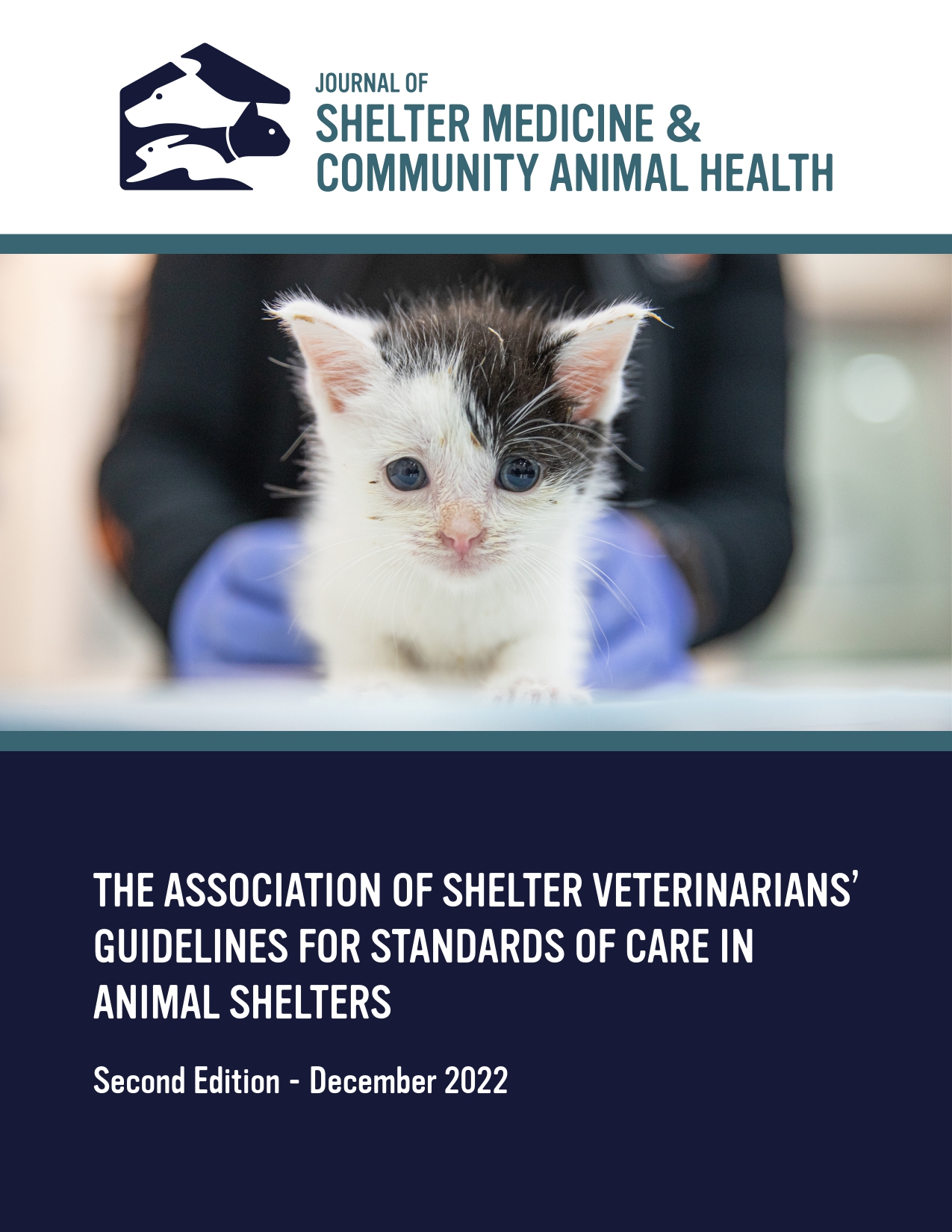2024 JSMCAH Year in Review
Case Studies! Case and Short Reports! New Original Research! There's too much to cover in a short announcement, but you can browse all the articles, ABVP Abstracts, and the 2024 Principles of Veterinary Community Engagement, First Edition to your heart's content! Too busy for that? We get it - here's an AI generated summary of everything this year! Remember though, it's AI, so only trust it as far as you can throw it (so like 30-40 feet depending on how heavy your laptop is; or just skip it and read the papers!):
If you're feeling especially AI-positive, you can also listen to the summary in podcast form.
The key themes addressed include the impact of breed-specific legislation, perioperative rabies vaccination, spay-neuter protocols, community engagement, factors influencing dog adoption, the impact of animal support programs, management of shelter veterinary services, and methods to improve shelter medicine practices.
Key Themes and Ideas:
1) Impact of Breed-Specific Legislation (BSL):
- A study analyzing canine outcomes in a Midwestern shelter revealed that dogs affected by breed-specific legislation (legislated dogs) experienced longer lengths of stay (LOS) compared to non-legislated dogs. "Mann-Whitney U Testing demonstrated a statistically significant increase in LOS for legislated dogs compared to non-legislated dogs in the full study population."
- Initially, there was a statistically significant increase in euthanasia for legislated dogs and adoptions for non-legislated dogs.
- After controlling for body weight, adoption rates improved for non-legislated dogs, while return-to-owner (RTO) rates increased for legislated dogs. No statistically significant difference in total live outcomes was found.
- Importantly, legislated dogs were no more likely to be euthanized for aggression than non-legislated dogs. "Pearson Chi Square testing showed legislated dogs in this group were no more likely to be euthanized for aggression than the non-legislated dogs."
2) Perioperative Rabies Vaccination:
- Research suggests that administering rabies vaccines during surgical sterilization (spay/neuter) in dogs elicits an adequate antibody response.
- "After controlling for age and sex, there was no statistically significant difference in immunogenicity of a rabies vaccine administered to dogs during the perioperative period in comparison to dogs that received the rabies vaccine for travel alone in the absence of surgery."
- The study recommends perioperative rabies vaccination in canine rabies-endemic areas when access to regular veterinary care is limited, supporting the integration of preventive care into spay/neuter campaigns. "We recommend that rabies vaccine be administered perioperatively during spay/neuter campaigns in canine rabies endemic areas if other opportunities to access veterinary care and rabies vaccination are limited."
3) Spay-Neuter Anesthesia Protocols:
- A survey on spay-neuter anesthesia protocols reveals variations in drug use across different types of practices (academic, government, private for-profit, and non-profit, mobile and stationary clinics).
- Common premedications for dogs include Acepromazine + Hydromorphone and Acepromazine + Butorphanol. For cats, common premedications were Acepromazine and Hydromorphone.
- Common induction protocols for dogs include Ketamine/Midazolam, TTDex (Telazol, Torbugesic, and Dexmedetomidine), and Telazol. Common induction protocols for cats were DKT (Diazepam, Ketamine, and Torbugesic) and TTDex.
- A significant portion of respondents (40%) reported not using local anesthetic techniques during spay/neuter procedures, citing time constraints, staff availability, and the perceived lack of necessity.
- The most common injectable NSAID was Meloxicam in both canine (54%) and feline (95%) patients.
- The most common to-go-home medication for canines was Carprofen (44%) and Meloxicam for felines (27%).
4) Veterinary Community Engagement:
- This document emphasizes the importance of community engagement by veterinary professionals and organizations, aligning with the "One Health" and "One Welfare" concepts.
- It provides a framework for ethical and effective community engagement, highlighting key principles.
- The document emphasizes the importance of humility and active listening to community needs when designing and implementing veterinary programs. "‘Be humble – listen. Remain in the headspace of a “guest,” or a privileged participant who gets to figure out how to provide the requested service to the community."
5) Factors Influencing Dog Adoption:
- Research explores the decision-making process of potential dog adopters, drawing on consumer market theory.
- The process involves stages of need recognition ("mulling"), information gathering, criteria set creation, and post-acquisition evaluation.
- Socioeconomic status (SES) influences the approach to acquiring a dog, with middle and upper SES individuals often creating criteria sets deductively and seeking dogs that meet specific requirements.
6) Impact of Animal Support Programs:
- Data from a study across multiple communities indicates that the number of animals admitted per month into support programs increased each year in support of people experiencing housing instability and interpersonal violence.
- Admissions supporting people undergoing healthcare treatments increased from 2020 to 2021 and then reduced from 2021 to 2022.
- The main reason for providing support was housing insecurity followed by healthcare treatments and interpersonal violence.
- The top conditions seen in these animals were weight issues and dental disease.
7) Management of Shelter Veterinary Services:
- Research defines the relationships between animal shelters and veterinarians of record (VoRRs) and their impact on drug purchasing practices.
- There were statistically significant differences between veterinarians and non-veterinarians when asked if they agreed or strongly agreed with several statements regarding purchasing and storing drugs, medical and drug record keeping, and dispensing prescriptions.
8) Ear Tipping Techniques:
- A study compared different ear-tipping techniques for feral cats, evaluating factors like breakthrough bleeding, immediate bleeding, procedure time, and cosmesis (appearance).
- Seven treatment groups were compared utilizing different cutting equipment, hemostatic agents, and hemostat combinations.
- Cosmesis ratings were predicted to be lower with a wood burning tool or Mayo scissors compared to a scalpel blade.
- Immediate bleeding and breakthrough bleeding also differed significantly among the tested combinations.
9) Employee Well-being:
- A study was conducted to analyze the well-being of employees working within the animal care field.
- A number of factors were analyzed including, PROMIS (Patient-Reported Outcomes Measurement Information System) and ProQOL (Professional Quality of Life).
10) Improving Shelter Medicine Practices:
- Study reveals that force required to penetrate a standard material was measured for new needles, needles passed through 1 vial septum, and needles passed through 2 via septa across 3 different brands and 4 sizes of single-use veterinary hypodermic needles.
- Passage once or twice through vial septa resulted in less than a 20% change in force required to penetrate standard material. The impact of other factors, including brand, needle size, and force used to penetrate the vial, all had a greater impact on force than passage through a single vial septum.
- Community Cat ProgramsA study was conducted to analyze community cat programs.
- Factors analyzed included location, gender, client disabilities, living situations, initial interests, and number of cats involved.
- The study showed an initial interest in spay/neuter and surrendering of the cats.
Implications and Recommendations:
-
- BSL Reassessment: Shelters in areas with BSL should advocate for re-evaluation of these policies, focusing on individual animal behavior rather than breed.
- Spay/Neuter Integration: Incorporate rabies vaccination into spay/neuter programs to maximize preventative care in underserved populations.
- Anesthesia Standardization: Develop and promote standardized, evidence-based anesthesia protocols for spay/neuter procedures.
- Community Partnerships: Foster strong relationships with community organizations and stakeholders to address animal welfare challenges holistically.
- Adoption Support: Tailor adoption strategies to different socioeconomic groups, recognizing that higher SES individuals may have more specific criteria for pet selection.
- Data Collection & Analysis: Encourage shelters to collect and analyze data on animal outcomes, program effectiveness, and community needs to improve services.
- Continued Research: Further research is needed to explore the clinical significance of needle sharpness changes and to optimize ear-tipping techniques.
Call for Submissions
Discover the Journal of Shelter Medicine and Community Animal Health (JSMCAH), an independent and high-quality online open access journal published by the Association of Shelter Veterinarians (ASV).
We seek original research, community case studies, and review articles covering a broad range of topics in Shelter Medicine, such as animal health, behavior, welfare, companion animal epidemiology, shelter population management, access to care programs, public health, and veterinary forensics. In 2023, publishing your work with us is completely FREE, thanks to the generous sponsors of ASV.
Join our mission to promote and disseminate shelter medicine knowledge and to advance community animal health. Visit jsmcah.org for more information.
A Note on Future Announcements
We plan to publish these announcements approximately once a quarter. Please give us feedback! Do you like AI summaries? Hate them? Do you want more frequent updates on specific papers or sets of papers? Contact kevin.horecka@gmail.com with your feedback!





